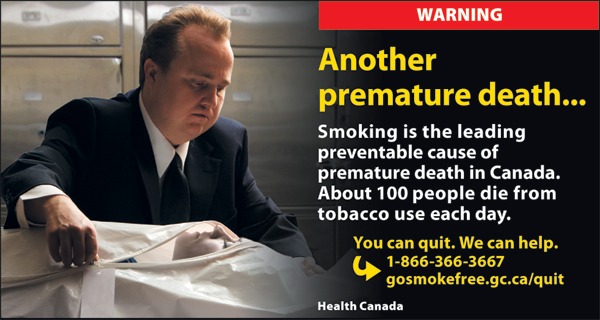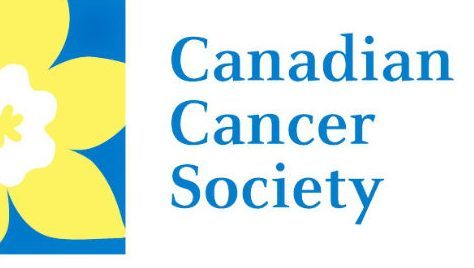The new plain packaging laws are part of the Canada's Tobacco Strategy, which aims to drive down smoking use from 17% to 5% of the Canadian population by 2035

(Pixabay)
The Canadian government has announced it will bring in plain packaging laws for tobacco products in a bid to reduce smoking in the country.
Its regulations, set to come into effect on 9 November this year, will include the prohibition of brand colours, graphics and logos on packs, with every brand forced to use the same “drab” brown colour.
It will also ban stylish “purse pack” cigarette holders, and requires manufacturers to feature health warnings that the Canadian Cancer Society claims to be the largest in the world by surface area.
The new federal rules, implemented after a three-month consultation, are a part of Canada’s Tobacco Strategy.
It aims to reduce smoking use from 17% – about four million people – to 5% of its population by 2035.

Canada’s Minister of Health Ginette Petitpas Taylor said: “We have fulfilled our commitment to implement plain packaging requirements for tobacco products.
“The evidence is overwhelming that plain packaging is an effective way to drive down tobacco use, especially among young people.
“Reducing the rate of smoking among Canadians is a top priority for us.”
Tobacco labelling laws in Canada
This is Canada’s third tobacco labelling rule change, with the first being introduced in 2000 when it became the first country in the world to use graphic health warnings on tobacco packages.
These rules, called the Tobacco Products Information Regulations (TPIR), required picture-based health warnings to be displayed on at least 50% of most tobacco packages, which included cigarettes, pipes and chewing tobacco.

The laws for cigarettes and “little cigars” were replaced in 2011 by the Tobacco Products Labelling Regulations (TPLR), which required the health warnings to cover at least 75% of the packet.
Included as part of the larger warnings were testimonials from smokers, as well as information designed to help people quit smoking.
Canadian Cancer Society’s views on tobacco plain packaging
The Canadian Cancer Society, which has been advocating for the implementation of plain tobacco packaging in the country since the early 1990s, believes the recent announcement represents a historic public health victory.
Rob Cunningham, senior policy analyst at the charity, said: “We strongly support the plain packaging regulations as they are essential to protect Canadian youth from tobacco companies.
“Tobacco is addictive and deadly and should not be sold in packages made to be more attractive.

“Tobacco packaging should not function as mini-billboards promoting tobacco use.
“Canada’s plain packaging regulations are the best and most comprehensive in the world.
“Health Minister Petitpas Taylor has demonstrated global leadership in bringing these final plain packaging regulations forward.
“Tobacco plain packaging will protect kids, prevent cancer and save lives.”
Other countries to have implemented tobacco plain packaging
Plain packaging legislation has already been introduced in six countries in the world, with the first bill being passed in the Australian senate in 2011.
However, the laws were not introduced until December 2012, due to a high court challenge made by major tobacco companies including British American, Philip Morris, Imperial Tobacco and Japan Tobacco.
Speaking at the time, then-Australian Health Minister Tanya Plibersek said: “This is a victory for all those families who have lost someone to tobacco-related illness.
“For anyone who has lost someone to smoking, this one is for you.”
A similar high court challenge was made and lost by the same tobacco companies when the UK passed a law to introduce plain packaging in 2016. It was implemented the following year.
The other countries to introduce this style of regulations are France, Norway, Ireland and New Zealand.
Hungary, Slovenia, Uruguay and other countries have announced plans to implement plain packaging by 2020.
